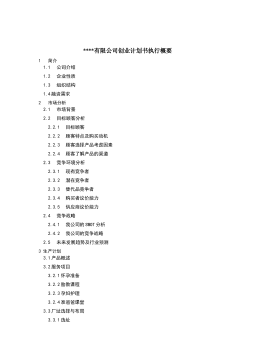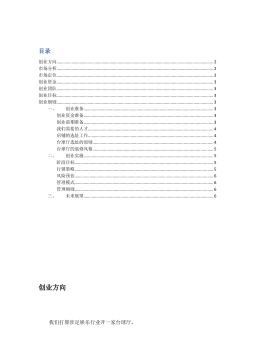
Contents
ACKNOWLEGEMENTS ............................................................................................... i
ABSTRACT .....................................................................................................................ii
摘要 ................................................................................................................................. iii
Contents .......................................................................................................................... iv
Chapter One Introduction ..............................................................................................1
1.1Background of the Research ..................................................................................................... 1
1.2 Purpose of the Research ........................................................................................................... 3
1.3 Research Outline ...................................................................................................................... 4
Chapter Two Literature Review .................................................................................... 5
2.1 Traditional Language Teaching Mode ..................................................................................... 5
2.1.1 Grammar-Translation Method ...................................................................................... 5
2.1.2 Direct-Method ............................................................................................................... 6
2.1.3 “Audio-Lingual” Approach ...........................................................................................8
2.1.4 Communicative Approach ............................................................................................ 8
2.1.5 Task-based Language Teaching Approach .............................................................. 9
2.2 Summary .................................................................................................................................11
Chapter Three Theoretical Foundation and Its Relevance to Language Teaching 13
3.1 Krashen’s Five Basic Hypothesis and Their Relevances to Language Teaching .................. 13
3.1.1 Krashen’s Five Basic Hypothesis ............................................................................... 13
3.1.2 Relevance and Implications to Language Teaching ................................................... 17
3.2 Krashen’s “i+1” Hypothesis and its Background .................................................................. 21
3.3 The characteristics of “i+1” ................................................................................................... 22
3.4 Individual Difference ............................................................................................................. 23
3.5 Enlightenment for Language Teaching----Leveled Language Teaching Mode .....................26
3.5.1 Its Definition and Meaning ......................................................................................... 26
3.5.2 Characteristics of Leveled Teaching Method ............................................................. 27
Chapter Four The Application of i+1 Theory to Language Teaching ...................... 29
4.1 Hypothesis .............................................................................................................................. 29
4.2 Subjects ...................................................................................................................................29
4.3 Instruments ............................................................................................................................. 30
4.4 Procedure ................................................................................................................................30
4.5 Data collection ........................................................................................................................30
4.5.1 Identifying the experimental class .............................................................................. 30
4.5.2 Comparison of proficiency level of the two classes ................................................... 31
4.5.3 Classifying students at different levels ....................................................................... 33
4.5.4Analysis of post-test .....................................................................................................35
4.5.5 Feedback of the leveled English teaching method ..................................................... 36
4.6 Discussion .............................................................................................................................. 38
4.6.1 Preparing Teaching Scheme at different levels .......................................................... 38
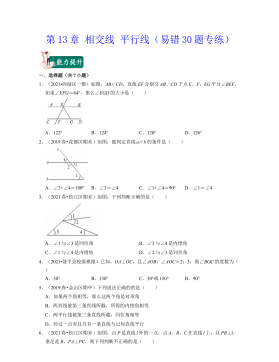
 2024-10-14 25
2024-10-14 25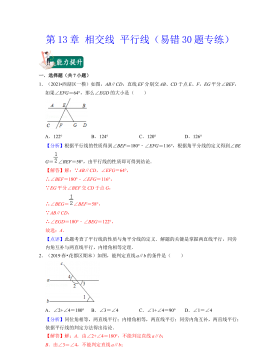
 2024-10-14 28
2024-10-14 28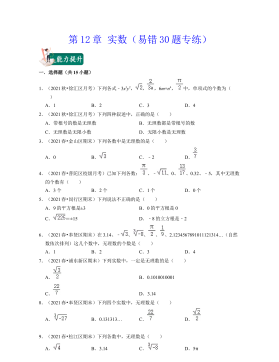
 2024-10-14 27
2024-10-14 27
 2024-10-14 19
2024-10-14 19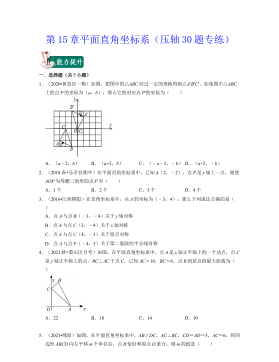
 2024-10-14 19
2024-10-14 19
 2024-10-14 27
2024-10-14 27
 2024-10-14 19
2024-10-14 19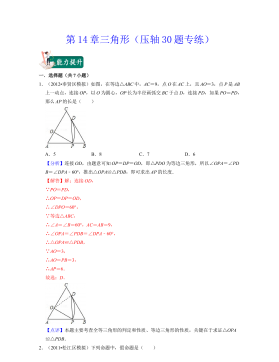
 2024-10-14 30
2024-10-14 30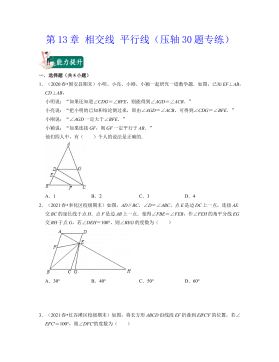
 2024-10-14 26
2024-10-14 26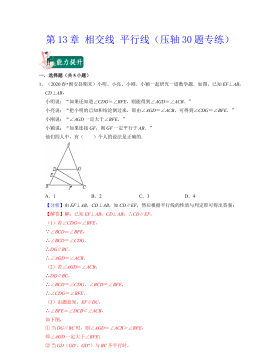
 2024-10-14 22
2024-10-14 22






